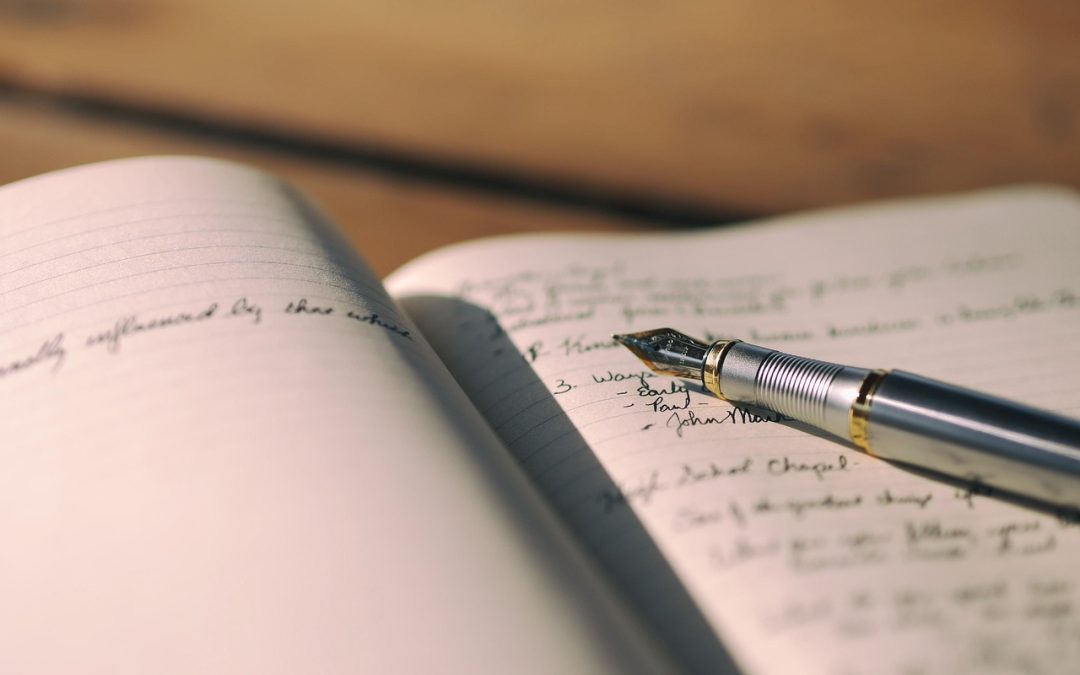As an aspiring author, there’s nothing quite like the thrill of holding your very own chapbook in your hands. A testament to your hard work and dedication, this compact collection of your finest writings is a true labor of love. However, a poorly designed chapbook can detract from the overall experience, leaving readers underwhelmed and unimpressed. The good news is that avoiding common layout mistakes is easier than you think, and with a few simple tweaks, you can turn your chapbook into a stunning, professional-looking publication that does your writing justice.
Understanding the Importance of Layout
When it comes to chapbook design, layout is king. A well-designed layout can elevate your writing, making it easier to read and more engaging for your audience. On the other hand, a poorly designed layout can lead to confusion, eye strain, and even a loss of interest in your work. So, what makes a great layout? For chapbooks, it’s all about creating a harmonious balance between text, whitespace, and visual elements. This delicate balance can be achieved by paying attention to font choices, line spacing, margins, and more.
Avoiding Common Layout Mistakes
So, what are some of the most common chapbook layout mistakes to avoid? Let’s take a closer look:
- Inconsistent font choices: Using multiple fonts can be distracting and make your chapbook look amateurish. Stick to a maximum of two or three fonts, and use them consistently throughout your publication.
- Insufficient whitespace: Don’t be afraid to leave some breathing room on your pages. Whitespace can help guide the reader’s eye and create a more visually appealing experience.
- Inadequate margins: Margins are essential for creating a comfortable reading experience. Make sure to leave at least 0.5 inches of space on all sides to avoid overwhelming your readers.
- Incorrect line spacing: Line spacing, also known as leading, can greatly impact readability. Aim for a minimum of 1.2 times the font size to create a smooth, flowing reading experience.
- Overuse of images and graphics: While images can be a great way to add visual interest, too many can be overwhelming. Use them sparingly and only when they add meaning to your work.
By avoiding these common mistakes, you can create a chapbook that is both visually stunning and easy to read.
Designing Your Chapbook with Ease
Designing a chapbook can seem daunting, especially if you’re new to the world of self-publishing. However, with the right tools and resources, you can create a professional-looking chapbook with ease. Here are a few of our favorite design tools:
- Vellum: This popular book design software is perfect for creating beautifully formatted eBooks and print books. Its intuitive interface and advanced features make it a great choice for chapbook designers.
- Canva: This user-friendly graphic design platform is ideal for creating custom covers, interior graphics, and more. Its vast library of templates and design elements makes it a great resource for chapbook creators.
In addition to these design tools, it’s essential to choose the right paper and binding method for your chapbook. For a professional-looking finish, consider using high-quality paper with a minimum weight of 80gsm. When it comes to binding, you can opt for a simple saddle-stitch or perfect binding, depending on your chapbook’s size and content.
For more information on designing and binding your chapbook, be sure to check out our comprehensive guide: Crafting Chapbooks: A DIY Guide to Self-Publishing.
“Design is not just about making things look pretty; it’s about creating an experience that resonates with your audience. By paying attention to the little details, you can create a chapbook that truly showcases your writing and leaves a lasting impression on your readers.”
By avoiding common layout mistakes and using the right design tools and resources, you can create a stunning chapbook that does your writing justice. Remember, your chapbook is a reflection of your hard work and dedication, so take the time to get it right. With patience, practice, and a keen eye for detail, you can create a truly unforgettable reading experience.
For more tips on DIY book design and binding, be sure to check out our other articles: DIY Book Design: Mastering Your Book’s Interior and DIY Book Binding Techniques for Self-Publishers.

